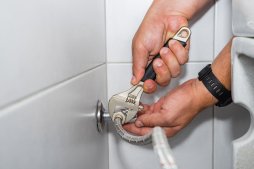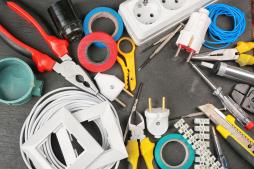When and How to Use Carpet Patch Repair to Restore Your Flooring
Carpet patch repair is a practical solution for fixing damaged areas in your carpet without the need for a full replacement. Whether it’s due to stains, burns, or wear and tear, learning when and how to use carpet patch repair can save you time and money while keeping your flooring looking fresh.
When Should You Consider Carpet Patch Repair?
Carpet patch repair is ideal when damage is localized to a small area, such as spots with burns, tears, or stubborn stains that won’t come out with cleaning. Instead of replacing the entire carpet or room-sized section, patch repair targets just the damaged spot. This approach is cost-effective and less disruptive than full replacement. However, it’s best used when you have access to leftover carpet pieces that match your existing flooring in color, texture, and pile height.
Gathering the Materials Needed for Carpet Patch Repair
Before starting the repair process, gather all necessary materials including a utility knife for cutting out the damaged section cleanly; scissors; double-sided carpet tape or adhesive designed specifically for carpets; a matching piece of carpet cut from remnants or hidden areas like closets; a straightedge ruler; seam roller; and gloves for protection. Having everything ready ensures smooth execution of the repair steps.
Step-by-Step Guide on How to Perform Carpet Patch Repair
Start by carefully cutting out the damaged area into a neat square or rectangle using your utility knife and straightedge ruler. Then cut an identically sized patch from your matching carpet piece. Remove any debris from the cutout space before applying double-sided tape evenly around its perimeter on the floor base. Place your new patch into this space ensuring fibers align directionally with surrounding carpeting. Press firmly down using hands then roll over seams gently with a seam roller to create an invisible join.
Tips for Achieving a Seamless Look
To make sure your patch blends seamlessly: match pile directions precisely between old and new sections; trim any loose fibers after installation carefully without damaging edges; if needed, lightly brush both sections in one direction with a soft broom or upholstery brush to align fibers uniformly; avoid stepping on repaired areas until adhesive sets fully per product instructions.
Maintenance After Carpet Patch Repair
Once repaired, maintain your patched area by regular vacuuming using gentle suction settings near seams so as not to loosen edges prematurely. Spot clean spills promptly using mild solutions suitable for your carpet type. Periodic professional cleaning helps keep both patched and original sections in good condition over time.
By understanding when carpet patch repair is appropriate and following these clear steps carefully, you can restore worn or damaged parts of your flooring effectively without costly replacements. With patience and attention to detail, patches can remain practically invisible allowing you to enjoy beautiful carpets longer.
This text was generated using a large language model, and select text has been reviewed and moderated for purposes such as readability.











